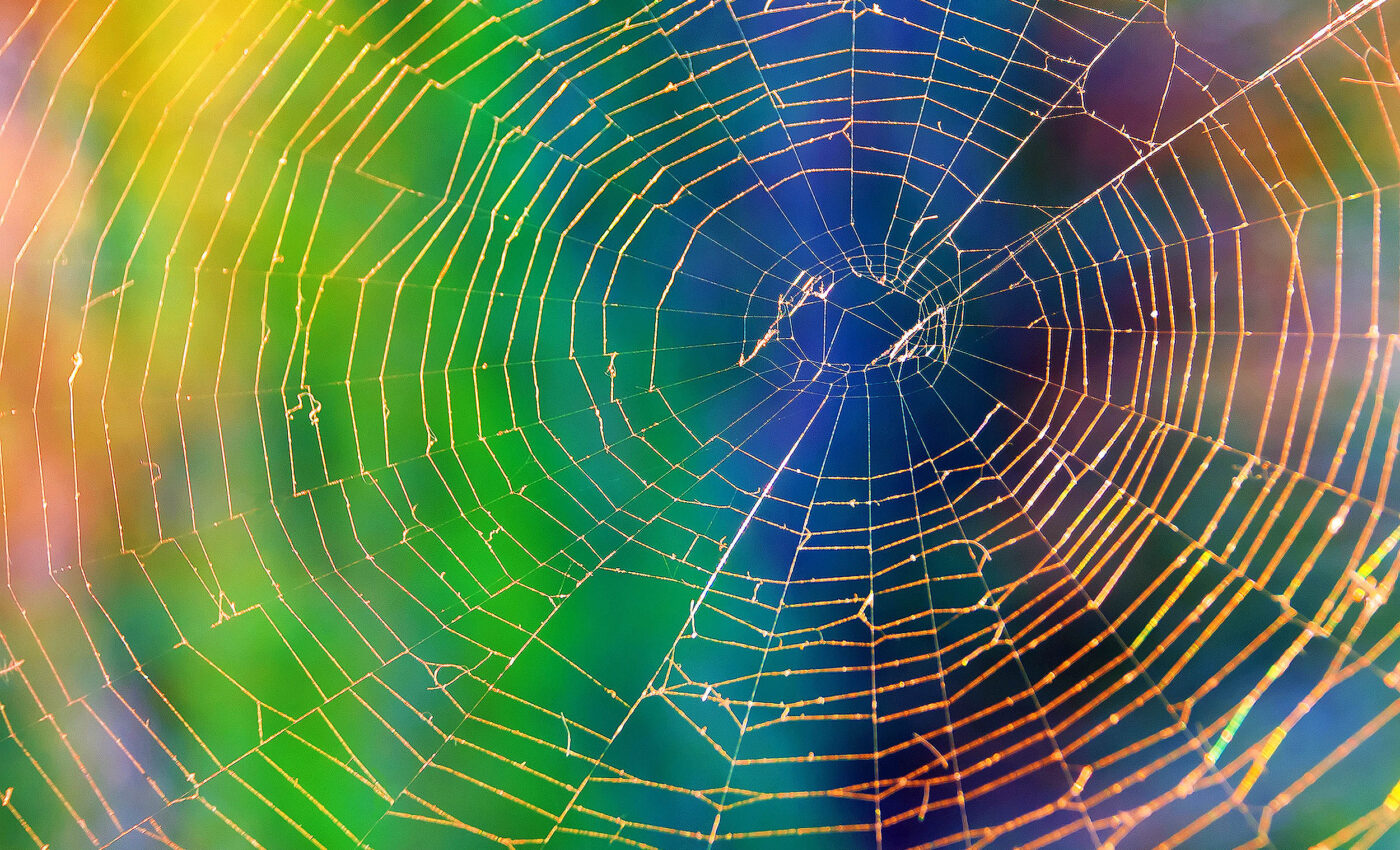
New artificial spider silk is indistinguishable from natural silk
Researchers have successfully engineered a device that creates artificial spider silk, a material renowned for its remarkable properties.
This innovation, led by Keiji Numata at the RIKEN Center for Sustainable Resource Science, Japan, represents a significant stride towards sustainable solutions in various industries.
Remarkable qualities of spider silk
Spider silk, known for its exceptional strength, flexibility, and lightness, boasts a tensile strength comparable to steel and an unparalleled strength-to-weight ratio.
It’s not only biodegradable but also biocompatible, making it highly sought after for medical applications such as sutures and artificial ligaments.
However, the challenge has been in its production. Harvesting spider silk on a large scale is impractical, prompting scientists to seek laboratory-based solutions.
Cracking the code
The artificial silk gland created by the researchers overcomes this hurdle. It meticulously simulates the intricate molecular structure of natural spider silk by replicating the chemical and physical transformations occurring within a spider’s silk gland.
This biomimetic approach, which uses microfluidics — the manipulation of small fluid amounts through narrow channels — has been pivotal.
“In this study, we attempted to mimic natural spider silk production using microfluidics, essentially treating the spider’s silk gland as a natural microfluidic device,” explains Numata.
This process involves guiding a precursor spidroin solution through microfluidic channels in a small rectangular box-like device.
As the solution moves, influenced by negative pressure rather than force, it undergoes specific chemical and physical changes.
Microfluidics and controlled conditions
These meticulously controlled conditions allow the proteins to self-assemble into silk fibers, mirroring the complex structure of natural spider silk.
The challenge lay in fine-tuning the microfluidic system’s conditions to achieve the correct alignment of molecular substructures known as beta sheets, crucial for the silk’s unique mechanical properties.
“It was surprising how robust the microfluidic system was, once the different conditions were established and optimized,” remarks Senior Scientist Ali Malay, a co-author of the paper.
“Fiber assembly was spontaneous, rapid, and highly reproducible, with the fibers exhibiting the distinct hierarchical structure found in natural silk fiber.”
The future of artificial spider silk
This method of producing spider silk has vast implications. It offers an environmentally friendly alternative to traditional textile manufacturing and opens new doors in biomedical applications.
However, for these benefits to be fully realized, the process requires scaling up.
“Ideally, we want to have a real-world impact,” says Numata, underlining the need to make fiber production continuous and to enhance the quality of the artificial silk further.
The success of this endeavor could mark a new era in material science, offering a sustainable and versatile material that’s both eco-friendly and medically beneficial.
In summary, the successful replication of spider silk by RIKEN researchers marks a significant milestone in material science. This breakthrough opens up a realm of possibilities in both environmental sustainability and medical innovation.
As the team works towards scaling up production and refining the quality of the artificial silk, the potential impact of this eco-friendly, biocompatible material in various industries cannot be overstated.
More about spider silk
Spider silk captivates us with its extraordinary blend of strength and elasticity.
As discussed above, this natural fiber, spun by spiders, outperforms many human-made materials and holds immense potential for various applications.
What sets spider silk apart is its tensile strength, which rivals that of steel, and its impressive elasticity.
Remarkably lightweight, spider silk can stretch up to five times its length without breaking. This combination of toughness and flexibility makes it an engineering marvel.
Spiders produce silk from specialized glands. They use it for a range of purposes: from constructing webs for trapping prey to creating egg sacs and even using it as a lifeline when dropping down or floating away.
Composition and applications of spider silk
At a molecular level, spider silk consists of protein chains organized in a specific way. This structure gives it its unique properties.
Researchers study this composition, hoping to replicate or even enhance these qualities in synthetic materials.
The potential applications of spider silk are vast. In medicine, its biocompatibility makes it ideal for sutures and tissue engineering.
In the textile industry, its strength and durability offer an eco-friendly alternative to synthetic fibers.
Furthermore, its lightweight yet robust nature could revolutionize materials used in aerospace and military sectors.
Harvesting and replicating artificial spider silk
Despite its potential, harvesting spider silk in large quantities remains a challenge, as spiders are territorial and cannibalistic, making farming difficult.
Consequently, as discussed previously in this article, scientists are exploring synthetic production methods, including genetic engineering and microfluidics, to create artificial spider silk.
The quest to harness the properties of spider silk continues. Its replication and mass production could lead to significant advancements in various fields, offering a sustainable and high-performance material.
In summary, spider silk, both natural and artificial, stands as a testament to the ingenuity of nature, inspiring scientists and engineers to push the boundaries of material science.
The future looks promising as we stand on the brink of harnessing one of nature’s most remarkable creations for widespread human benefit.
The full study was published in the journal Nature Communications.
—–
Like what you read? Subscribe to our newsletter for engaging articles, exclusive content, and the latest updates.
—–
Check us out on EarthSnap, a free app brought to you by Eric Ralls and Earth.com.
—–













